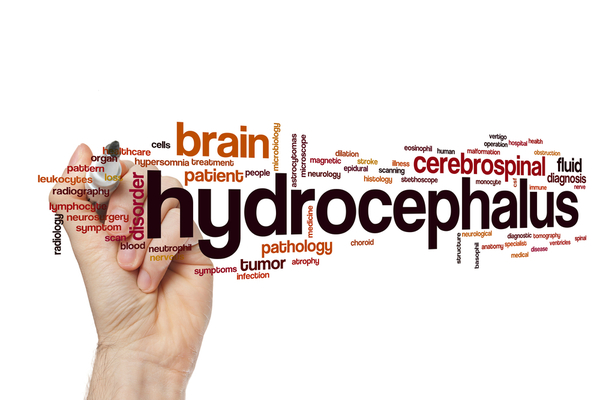
If your child has an abnormal fluid accumulation in the brain, he or she could be in need of a hydrocephalus treatment immediately. If left untreated, this condition can lead to dire consequences. To learn more about what hydrocephalus is and how it can be treated, continue reading.
What is hydrocephalus?
Simply stated, hydrocephalus is the abnormal accumulation of fluids within the cavities of the brain. The fluid is called cerebrospinal fluid, also known as CSF, and it is naturally produced in the brain and absorbed into the bloodstream. If functioning properly, it provides the body and brain with important nourishment and offers protection against injury; However, a child with hydrocephalus has an abnormal amount of it due to an imbalance in the production and absorption that should take place. This causes pressure within the head that can create head enlargement. Other symptoms of hydrocephalus in infants and children are a bulging fontanel, swollen veins in the head, loss of coordination, seizures, irritability, nausea and vomiting, separated skull bones, headache, vision problems, downward deviation of the eyes and in some cases incontinence.
Longterm effects of hydrocephalus are difficulty walking, gait disturbances, vision loss, memory loss, disability, cognitive deficiencies and possibly a fatality. A CT scan or MRI will be used to make an official diagnosis if symptoms are present. Hydrocephalus can also be detected via ultrasound in pregnant women.
While many children are born with hydrocephalus, it can also be a result of an accident, brain tumor, internal bleeding or even brain infection later in childhood.
What are some treatment options?
There is currently no cure for hydrocephalus, but treatments can drastically improve the condition. Shunt systems are the best treatment option available. This system consists of a catheter and a valve. The catheter is surgically inserted into a ventricle inside the brain or in the cerebrospinal fluid and it diverts the flow of the fluid, with assistance from the valve that maintains the proper direction, to another area of the body where it can be properly absorbed into the circulation.
In some cases, another treatment option called endoscopic third ventriculostomy is possible. During this procedure, a small hole in the floor of the ventricle at the base of the brain is made that will allow the flow of CSF throughout the brain as it is intended to do.
Diuretics may also be used to help maintain a proper fluid balance. Additionally, rehabilitation therapies are an important part of hydrocephalus treatment. They allow children to learn how to function with the condition and provide consistent training and guidance. With these treatment options, the prognosis for the future of hydrocephalus patients is much better.
Visit us for more information and to discuss treatment options
Schedule an appointment with our office today to learn more about this condition and how treatment can help. If your child has hydrocephalus, a hydrocephalus treatment can benefit him or her greatly and action should be taken immediately. If necessary, we will provide detailed information about next steps.

